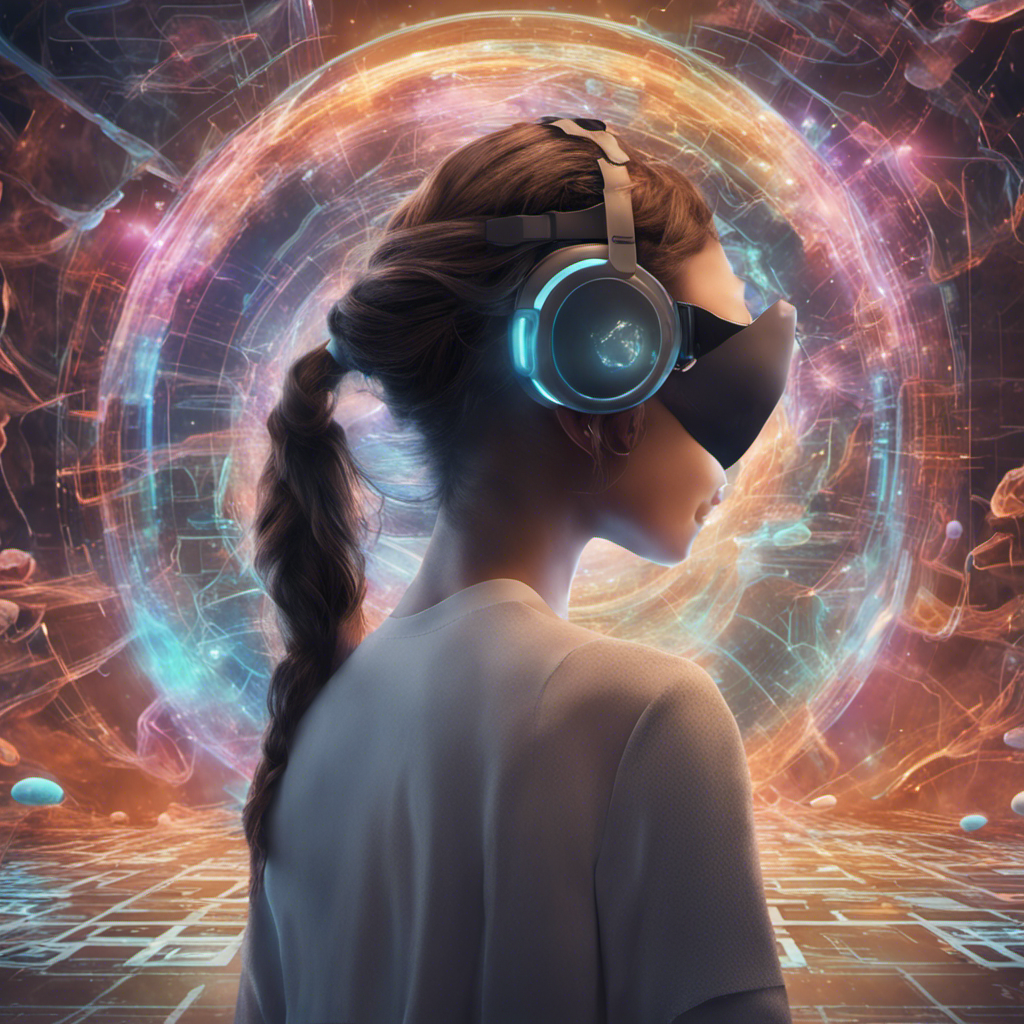
Virtual reality (VR) and augmented reality (AR) have taken the technology world by storm in recent years, revolutionizing the way we experience and interact with digital content. These groundbreaking technologies have evolved rapidly, but who were the pioneers that paved the way for the incredible advancements we see today? In this article, we’ll take a look back at some of the key figures who played a significant role in the development of AR and VR.
1. Ivan Sutherland - The Father of VR
No discussion about the pioneers of AR and VR would be complete without mentioning Ivan Sutherland. Widely regarded as the “Father of Virtual Reality,” Sutherland made groundbreaking contributions to the field in the 1960s. He developed the “Sword of Damocles,” a head-mounted display system that laid the foundation for modern VR technology. By creating a virtual world that users could explore through a stereoscopic display, Sutherland’s work was instrumental in shaping the future of VR.
2. Jaron Lanier - The Father of VR Gloves
Another prominent figure in VR history is Jaron Lanier, often referred to as the “Father of VR Gloves.” Lanier’s work focused on enhancing user immersion by allowing them to interact with the virtual environment using hand gestures. He co-founded VPL Research, a company that developed a range of VR devices, including the DataGlove. Lanier’s contributions laid the groundwork for the intuitive hand-tracking controllers we now see in modern VR systems.
3. Marc Levoy - The Innovator in Computer Graphics
Marc Levoy, a professor at Stanford University, is best known for his contributions to computer graphics, which is a fundamental aspect of both AR and VR technologies. Levoy’s work in developing advanced algorithms for rendering realistic images paved the way for immersive virtual environments. Through his research, he brought computer graphics out of academic settings and into practical applications, shaping the future of AR and VR.
4. Palmer Luckey - The Oculus Rift Trailblazer
In recent years, the name Palmer Luckey has become synonymous with the VR revolution. As the founder of Oculus VR, Luckey played a pivotal role in bringing affordable and high-quality VR headsets to the consumer market. The launch of the Oculus Rift in 2012 sparked a new wave of interest in virtual reality, leading to significant advancements in both hardware and software within the industry.
5. Tim Sweeney - The Architect of VR Worlds
Tim Sweeney, the co-founder of Epic Games and creator of the widely popular game engine, Unreal Engine, has had a profound impact on the world of AR and VR. Unreal Engine powers some of the most visually stunning VR experiences available today. Sweeney’s vision and dedication to creating realistic virtual worlds have helped drive the development of immersive and engaging VR content.
Conclusion
The pioneers of AR and VR have played a crucial role in shaping the landscape of these transformative technologies. From Ivan Sutherland’s early breakthroughs in virtual reality to the trailblazing work of Palmer Luckey and Tim Sweeney, their contributions have pushed the boundaries of what’s possible in the world of digital experiences.
As we reflect on the achievements of these pioneers, it’s important to acknowledge the countless others who have contributed to the growth of AR and VR. The rapid advancements in technology would not have been possible without the collective efforts of a diverse and innovative community.
References:






